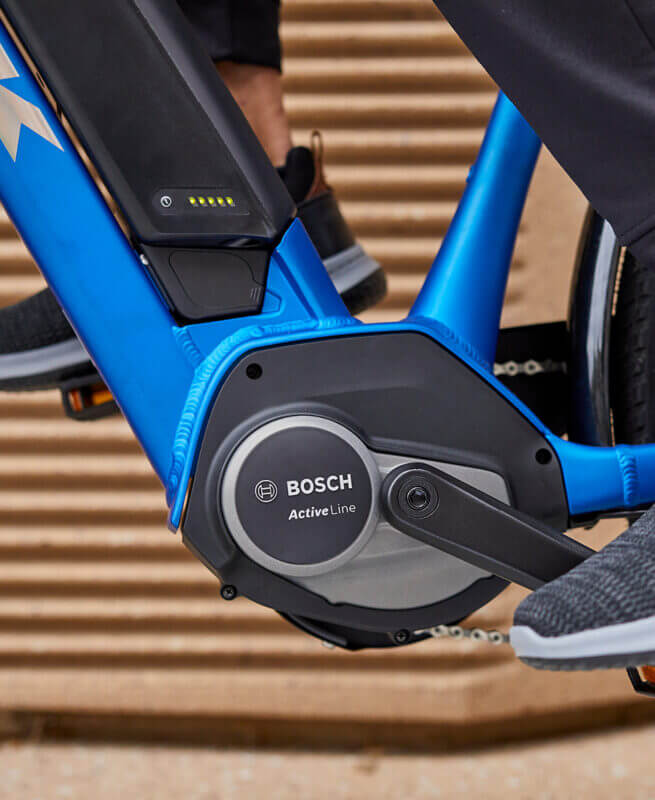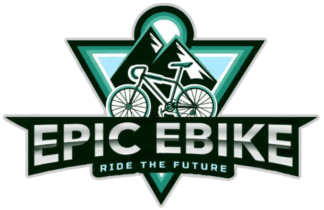
If you’re considering purchasing an electric bike, it’s important to choose the type of motor it uses carefully. There are many factors to consider, including the weight of the motor and its effect on the handling of the bike. There are two main types of motors for electric bikes: hub motors and direct-drive motors. A direct-drive motor is usually lighter than a geared motor, but both types of motors have a variety of advantages.
Hub motors
There are several advantages of hub motors in electric bikes. One of these is that they require minimal maintenance. This is because they are entirely independent drive systems that retain all of their components within the motor casing. Another benefit of a hub motor is that it can be used to replace the rear brake of the bicycle.
Hub motors are built into a larger part of the wheel hub. They can be located in the front or rear wheel. Most hub motors are controlled by a motion sensor attached to the pedal crank. The pedal crank sends a signal to the motor control to turn it on. As the rider starts pedalling, the motor turns on and gives the bike assistance.
Front and rear hub motors each offer different advantages and disadvantages. Rear hub motors have the advantage of giving the rider the feeling of pushing and front hub motors give the bike a pulling sensation. However, the difference is not noticeable at a constant speed. As a result, mid-drive motors were created to address some of the shortcomings of hub motors.
In addition, mid-motors provide a higher gear ratio than hub motors. This gives the rider more power and allows him to pedal without compromising on power. This allows him to reach higher speeds even on steep terrain. The mid-motor also offers a longer range. Depending on the rider’s weight, he or she can reach 20 to 45 miles without any assistance.
The mid-drive motor requires a specially designed frame. While this may simplify the design process for OEM manufacturers of electric bikes, it makes maintenance more difficult for bike owners. Meanwhile, hub motors are self-contained and require no additional maintenance.
Bosch Performance Line CX
If you’re looking for a motor for an electric bike, the Bosch Performance Line CX is a great option. It offers a great mix of torque and power, which is crucial for maximum efficiency. This mid-drive motor is smaller than its predecessors and almost half the size. It is also highly customizable.
This motor comes with a powerful 85 Nm of torque, which makes it easy to accelerate, even on the hardest terrain. Moreover, it has Extended Boost, which adapts its output to the effort of the rider, ensuring maximum efficiency. This feature allows the rider to conquer even the most challenging climbs without wasting energy. Its highly sensitive sensor takes a thousand measurements per second, which helps it adapt to different riding styles.
This motor is also available with Bosch’s smart system, which is based on modified data exchange between individual components. It surpasses its predecessor’s torque by 34% and offers an impressive maximum assist of 340%. It also has a new ‘Auto’ mode for greater assistance and is known for its quiet operation.
With a mid-drive motor that can reach 85 Nm, the Bosch Performance Line CX motor is ideal for long commutes and daily trips. This motor provides smooth power and reduces the weight of the e-bike. It can help flatten steep hills, which makes commuting a more pleasant experience.
The Bosch Performance Line CX motor has a long-lasting battery that can last up to 450 km. Its motor is lightweight and easily integrated into the bike frame. The motor also offers smooth acceleration and unnoticeable pedal resistance up to 20 mph.
Specialized/Brose
While the Yamaha electric bike motor cuts out more quickly on climbs and requires more human power to pedal, the Specialized/Brose electric bike motor tapers off gradually and provides consistent power. It also doesn’t run out of steam as quickly as the Bosch system does. But both motors have their own strengths.
The Specialized/Brose electric bike motor has three stock modes, with the option of changing them in increments of 10%. Giant bikes feature five modes. In addition, Giant bikes feature an active mode that functions much like Bosch’s trail+ mode. The higher the rider input, the more assistance the motor provides. However, the claimed run time depends on a number of factors, including the level of assistance provided.
The motor of a Specialized/Brose e-bike is based on the Brose Drive S Mag. The most affected models were the Levo models from 2019 to 2020. Brose is currently offering a software update for all manufacturers with Drive Mag S motors.
The Brose motor is a powerful option, providing a smooth ride. It features high-resolution sensor technology and intelligent drive control to provide powerful pedal assistance. Brose motors deliver torque up to 90 Nm. They can be used on a range of bikes, from road bikes to mountain bikes.
In addition to its high-powered motor, the Specialized/Brose electric bike motor is equipped with a new smartphone app. Users can customise the assistance level of their bike using the Mission Control 2.0 app. This app also lets riders record their rides and tune motor performance.
Yamaha
Developed by Yamaha Motor, the PW-X3 motor is a key part of the PW-X3 system. This motor provides powerful torque and is perfect for electric bikes. The company has also improved the software and remote controls of its PW-X3 bikes. In addition, the company has launched new models that use a powerful 750Wh battery.
The Yamaha motor continuously varies torque and power, as well as speed and crank rotation, to provide an enjoyable, natural ride. Its Automatic Support Mode features a wide gear range and four distinct power assist modes. This allows for a seamless transition from pedal to power assist mode. The battery is also easily replaceable and offers a 700-cycle warranty.
Yamaha is one of the pioneers in the electric bicycle industry. The first prototype Yamaha electric bike was developed in the late 1980s, with the production model coming two years later. Since then, Yamaha has been improving its ebikes, offering electrified Moro-series mountain bikes and electric-assist motorcycles. These bikes are light and have high maneuverability.
The Yamaha CrossCore RC weighs about 53 pounds and features a 9-speed Shimano rear derailleur. Its upright riding position is similar to that of mountain bikes. It also features a Suntour NEX E25 fork that absorbs bumps and is fully lockout for street riding. It also includes an LED headlight and is compatible with racks. The company claims that the CrossCore RC should give commuters up to 50 miles of electric assist on mixed terrain.
The Yamaha motor is known for its durability and can be used in a variety of electric bikes. The company also has a wide range of battery capacity. Some electric bikes use 360Wh units, but others offer 700Wh or 900Wh batteries. Some ebike manufacturers use batteries manufactured by other companies, such as SL or Giant.
Shimano
The Shimano motor used in an electric bike is made by the company Shimano. The bike’s display shows the current Boost Mode, the number of miles/kilometres you have ridden, and the remaining battery power. A wrench icon appears to the right of the battery level indicator to indicate that maintenance is required.
Shimano has refined its algorithm to translate the user’s input to the right amount of power. This has resulted in a slight increase in range. It also solves a quirk that affected some older models. The previous versions of the motor would lurch forward when used in the highest pedal assist mode.
The latest version of the Shimano E-Tube motor has several features for better riding. The system provides a user-friendly interface, new customization options, and a new e-bike app. The E-TUBE PROJECT app can also turn a smart phone into a cycling computer with mapping and ride recording features. It also features the next generation of e-tube wires that feature a smaller, lighter package and improved speed. Another upgrade is the EP8 drive unit. This new drive unit is more durable and quiet, and benefits the overall bicycle design and ride feel.
For an electric bike, the motor is an important component. The Shimano EP8 has a maximum torque of 85 Nm and 500 watts. The motor also amplifies rider input by 400%. The Bosch Performance Line CX provides the same torque but has a battery capacity of 340 watts.
The Shimano EP8 motor has been specifically designed for high performance 2021 e-bikes. It offers the same torque as the Bosch Performance Line CX motor, but is much more compact and quiet. This motor is also compatible with the latest Di2 groupsets.

